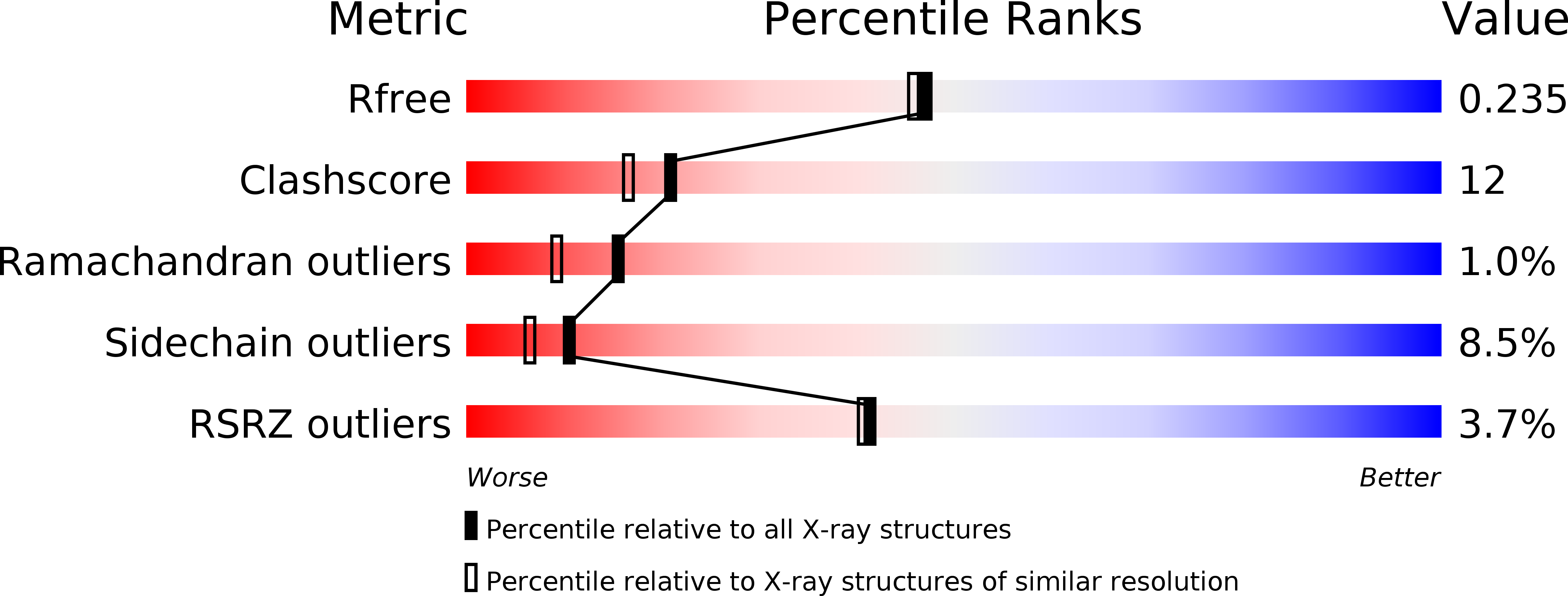
Deposition Date
2007-01-17
Release Date
2007-01-30
Last Version Date
2023-12-27
Method Details:
Experimental Method:
Resolution:
2.00 Å
R-Value Free:
0.23
R-Value Work:
0.20
R-Value Observed:
0.20
Space Group:
P 31


